For a particle showing motion under the force F= -5 (x - 2)2, the motion is:
(1) Translatory
(2) Oscillatory
(3) SHM
(4) All of these
For a particle showing motion under the force F= -5(x - 2), the motion is:
(1) Translatory
(2) Oscillatory
(3) SHM
(4) Both (2) & (3)
Two identical springs have the same force constant 73.5 Nm-1. The elongation produced in each spring in three cases shown in Figure-1, Figure- 2 and Figure- 3 are: (g = 9.8 ms-2)
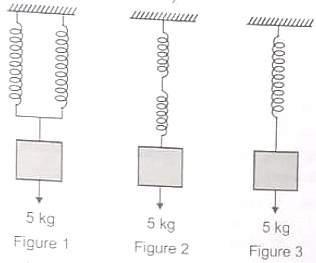
(1)
(2)
(3)
(4)
A particle of mass 10 g is undergoing SHM of amplitude 10 cm and period 0.1 sec. The maximum value of the force on the particle is about:
(1) 5.6 N
(2) 2.75 N
(3) 3.5 N
(4) 4 N
Which of the following graphs best represents the variation of acceleration 'a' of a particle executing SHM with displacement x?
(1) 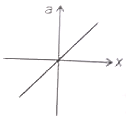
(2) 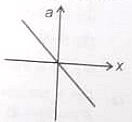
(3) 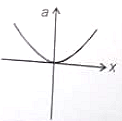
(4) 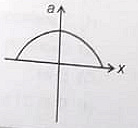
Two masses m1=1 kg and m2=0.5 kg are executing SHM together suspended by a massless spring of spring constant 12.5 Nm-1. When masses are in equilibrium, m1 is removed without disturbing the system. The new amplitude of oscillation will be:
(1) 30 cm
(2) 50 cm
(3) 80 cm
(4) 60 cm
A mass m is attached to two springs of the same force constant K as shown in the following four arrangements. If and respectively be the time periods of oscillations in the following arrangements, in which case time period is maximum?
(1) 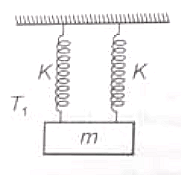
(2) 
(3) 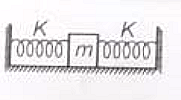
(4) 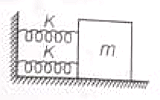
A particle of mass 4 kg moves simple harmonically such that its PE (U) varies with position x as shown in the figure. The period of oscillations is:
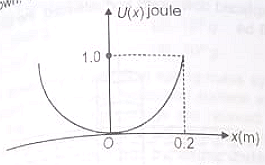
(1)
(2)
(3)
(4)
The kinetic energy and potential energy of a particle executing S.H.M. are equal when displacement in terms of amplitude 'A' is:
(1)
(2)
(3)
(4)
Two identical pendulums oscillate with a constant phase difference and the same amplitude. If the maximum velocity of one is v, the maximum velocity of the other will be:
(1) v
(2)
(3) 2v
(4)






